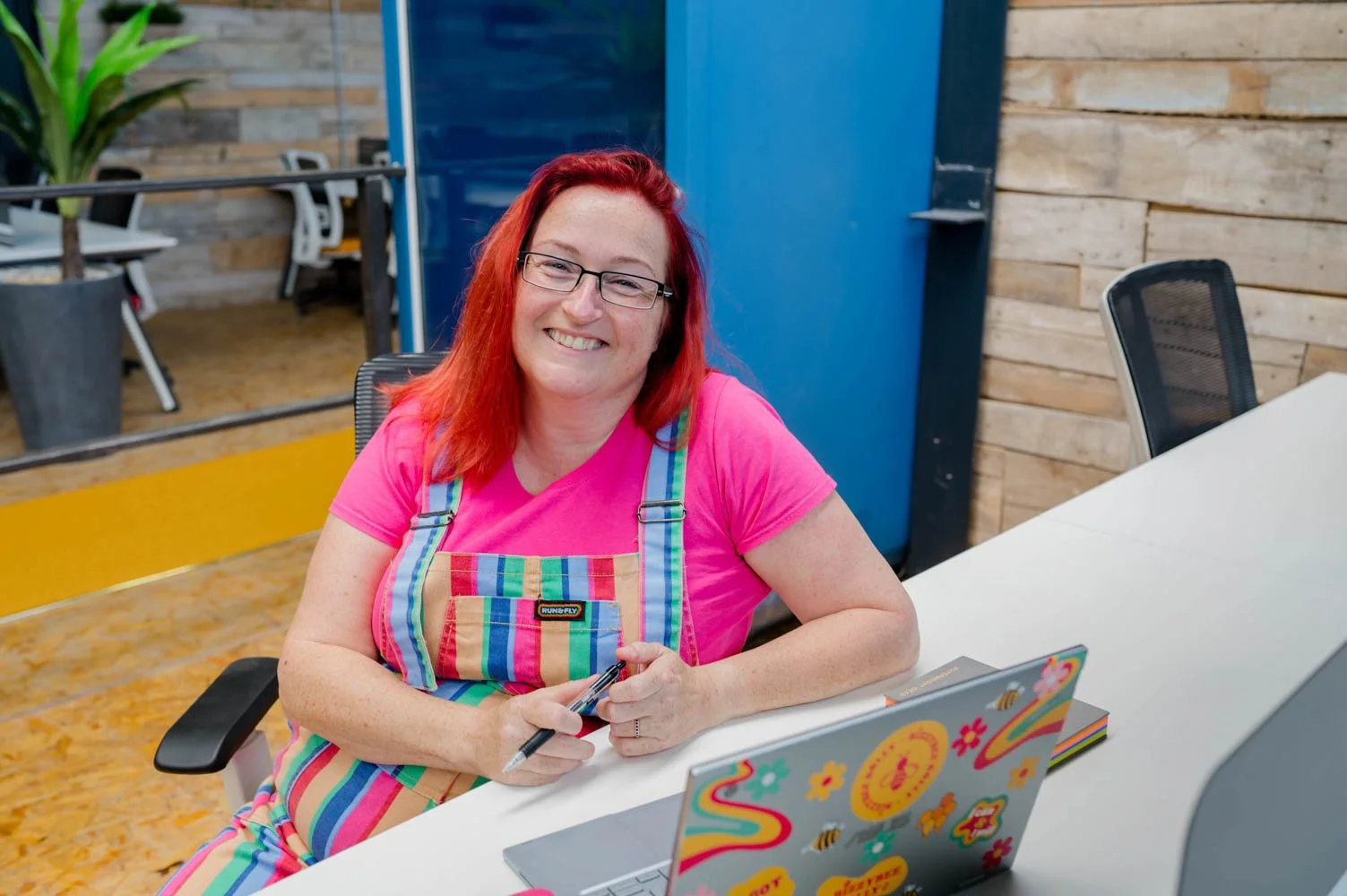The Freelancer’s Guide to Setting Boundaries Without Losing Clients
Healthy boundaries are essential in all walks of life, even if they feel tricky to implement.
When it comes to working with clients, it’s common for freelancers to feel like they need to always say “yes”. This is especially true when you’re just starting out. Of course, in the feast-and-famine world of freelancing, we all want to build our client bases, and it’s natural to feel worried about losing those all-important connections.
But taking on more and more work, agreeing to unrealistic deadlines, and letting project scope creep can all lead to the freelancer’s most dreaded foe: burnout…
So, how can you set healthy professional boundaries while retaining your clients?
Here are some tips and tricks to consider.
Why are boundaries so important for freelancers?
The joy of freelancing means you can set your own hours and have more control over your workload. However, when clients are in the picture — and especially when you’re juggling multiple clients — it’s not uncommon for them to assume that, because you’re freelance, you’re available every hour of the day and ready to beckon to their every whim.
It goes without saying that not all clients are like this. But if you find yourself dealing with a rather tricky customer, the way you handle early interactions can set the tone for your ongoing working relationship.
It’s understandable to want to accommodate your client’s needs where possible, and when this works well for you, too, there’s no issue. The problem arises when your need to please turns into you constantly bending over backwards, working too much, or charging too little.
You might worry that setting clear boundaries makes you ‘difficult’. On the contrary, it shows that you value and respect your time and effort. It makes sure everyone is on the same page, establishing mutual trust and professionalism.
Top tips for setting healthy professional boundaries with clients
All this sounds good in theory, but how do you keep people-pleasing in check and establish those all-important boundaries?
Set and communicate clear expectations
Firstly, you need to know your own limits and find what works best for you. Depending on your industry and role, you may find it helpful to pin down your:
Working hours
Turnaround times
Rates
Preferred communication channels
Then it’s time to communicate these to your clients. Be honest, succinct, and don’t fall into the trap of over-explaining. If your working hours are 8am to 3pm on weekdays, you can state this without feeling the need to explain the reasons behind those hours.
Put everything in writing
It’s also best to ensure everything is in writing. Put together a contract or a statement of work so you have a paper trail.
These documents should cover as many bases as possible to avoid the risk of ‘scope creep’. This is where a project gradually starts to expand beyond what you’d originally planned, usually without extra pay. It could be an extra round of edits here, another design option there…
Having everything in writing — from deadlines and payment terms to what’s included (and what’s not) — gives you something to point back to if things start to veer off track. It also makes setting boundaries feel less personal and more professional.
You're not being difficult or lazy, you're just sticking to the agreement you both signed off on.
Don’t be afraid of saying “no”
Your schedule is jam-packed for the week, but a client has just asked for an urgent piece of work. You could squeeze it in by working into the evening or changing your weekend plans, but you’re already feeling stressed about your existing workload…
It’s understandable to worry that if you decline the work, your client will look elsewhere. However, if you agree to take it on when you’re already at capacity, it could lead to mistakes, resulting in negative feedback, which could then negatively affect your well-being.
Here’s where that two-letter word is completely valid! You’re well within your rights to say “no” without feeling guilty. In fact, doing so shows that you value the quality of your work and don’t want to compromise by overpromising and underdelivering.
Consider outsourcing
For many freelancers, especially those flying solo, time is one of the most precious resources. Do you find that admin tasks, an overflowing inbox, and other responsibilities eat up your time and divert your focus from other areas?
Protect your time with support from a virtual assistant. Outsourcing those behind-the-scenes tasks can help you prioritise your own workload so you can take on the projects that bring you the most joy and value.
A virtual assistant (VA) can also be a lifesaver when you want to avoid saying “no” to new opportunities but simply don't have the capacity to do it all yourself.
Set healthy client boundaries with help from Bizzybee
From organising your email inbox to helping with your digital marketing, a VA like Erin at Bizzybee can take on tasks so you can maintain the professional boundaries you’ve put in place.
By managing client expectations, you can continue to deliver excellent service without running yourself into the ground.
Want to learn more?
Get in touch to see how VA services can help your freelance business grow and flourish sustainably.




